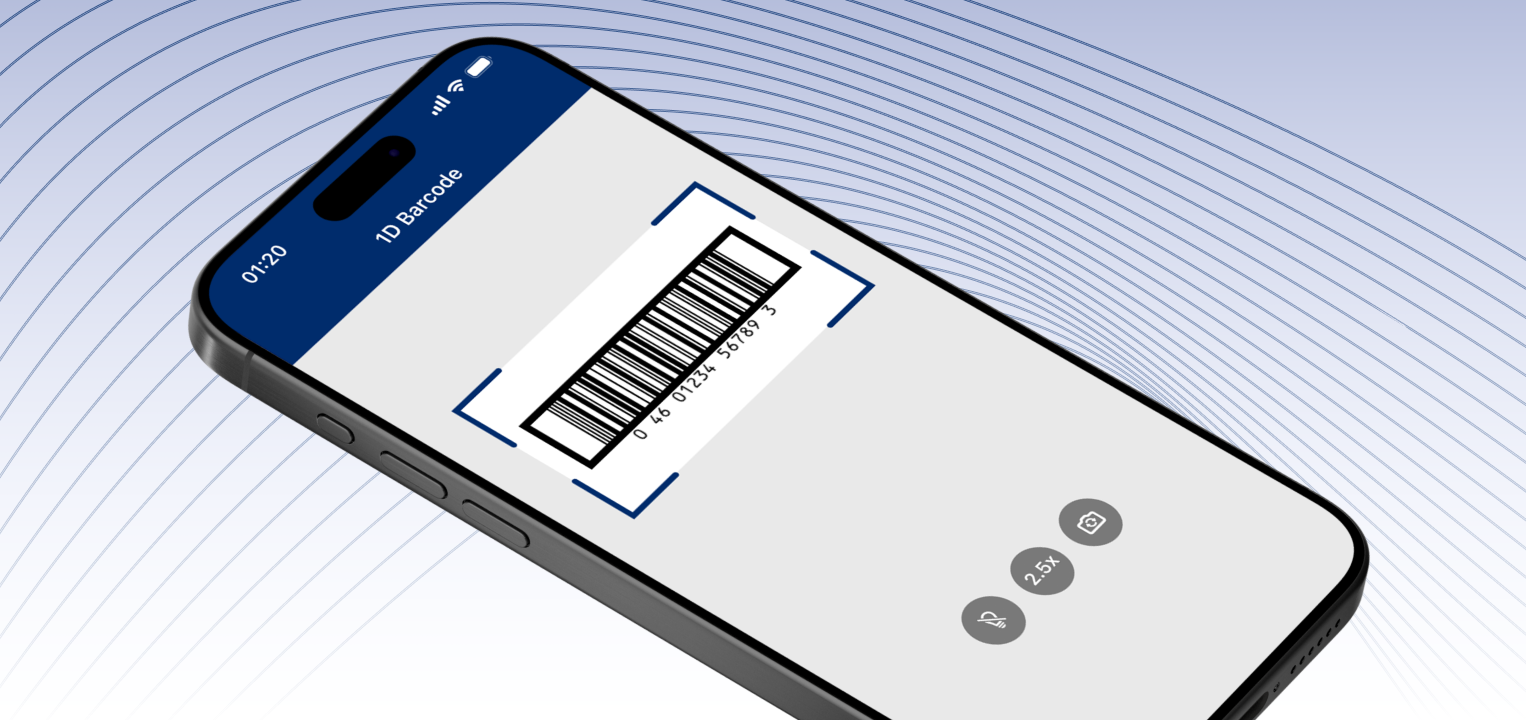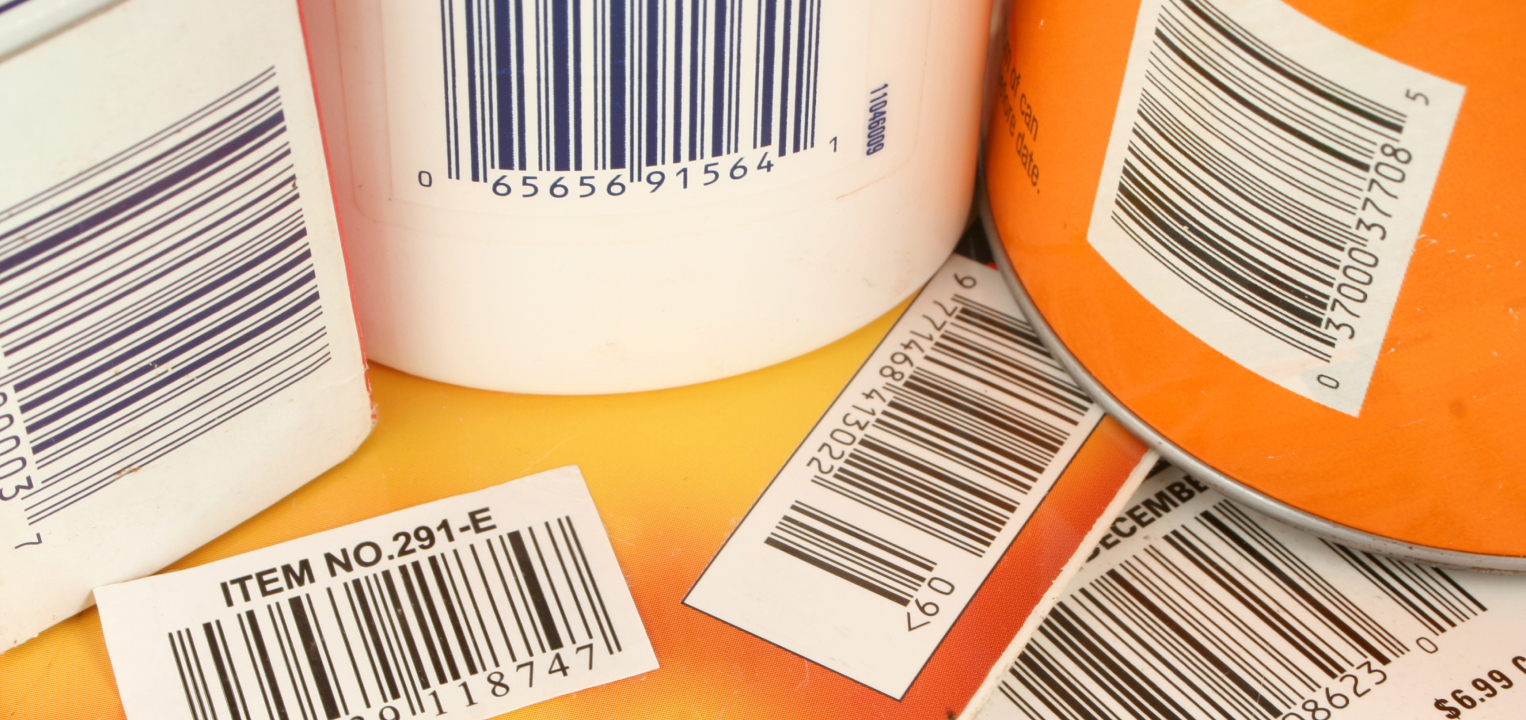GS1 Databar Barcode Scanner
The Scanbot GS1 Databar Scanner SDK lets you integrate fast barcode scanning into your mobile app in no time. Use any iOS, Android, or Windows device as a flexible scanning tool. It’s fast, accurate, and cost-effective!
Characteristics of GS1 Databar barcodes
GS1 Databar describes a family of 1D barcode symbologies fully specified in the ISO/IEC 24724 standard. Most GS1 Databar barcodes can encode all 14 digits of GTIN, which – combined with their significantly smaller size – gives them an advantage over UPCs and EANs. Their ability to carry GS1 Application Identifiers increases their data capacity, enabling them to encode serial numbers, lot numbers, and expiration dates.
A GS1 Databar barcode’s structure typically consists of guard patterns, symbol characters, and finder patterns.
Variations
The GS1 Databar family consists of seven different barcodes, four of which are used at retail point-of-sale:
- GS1 DataBar Omnidirectional
- GS1 DataBar Stacked Omnidirectional
- GS1 DataBar Expanded
- GS1 DataBar Expanded Stacked
The remaining three are not suitable for retail point-of-sale scanning. However, their characteristics make them ideal for use on tiny items. The remaining three GS1 Databar codes are, therefore, mainly used in healthcare:
- GS1 DataBar Truncated
- GS1 DataBar Stacked
- GS1 DataBar Limited
Application cases
GS1 Databar barcodes are used in retail and healthcare, primarily in cases with small items that still require high data capacity. In retail, GS1 Databar barcodes are used on produce thanks to their compact size and their ability to encode expiration dates. In healthcare, GS1 Databar codes are used for labeling.
No more outdated scanning devices with the Scanbot GS1 Databar Scanner SDK
Using the Scanbot GS1 Databar Scanner SDK, you can…
- Scan even distant or tiny barcodes like GS1 Databar codes
- Switch from dedicated scanners to smart multi-tools that talk directly to your systems
- Enable flexible scanning on the go and on the road – no network connection required


